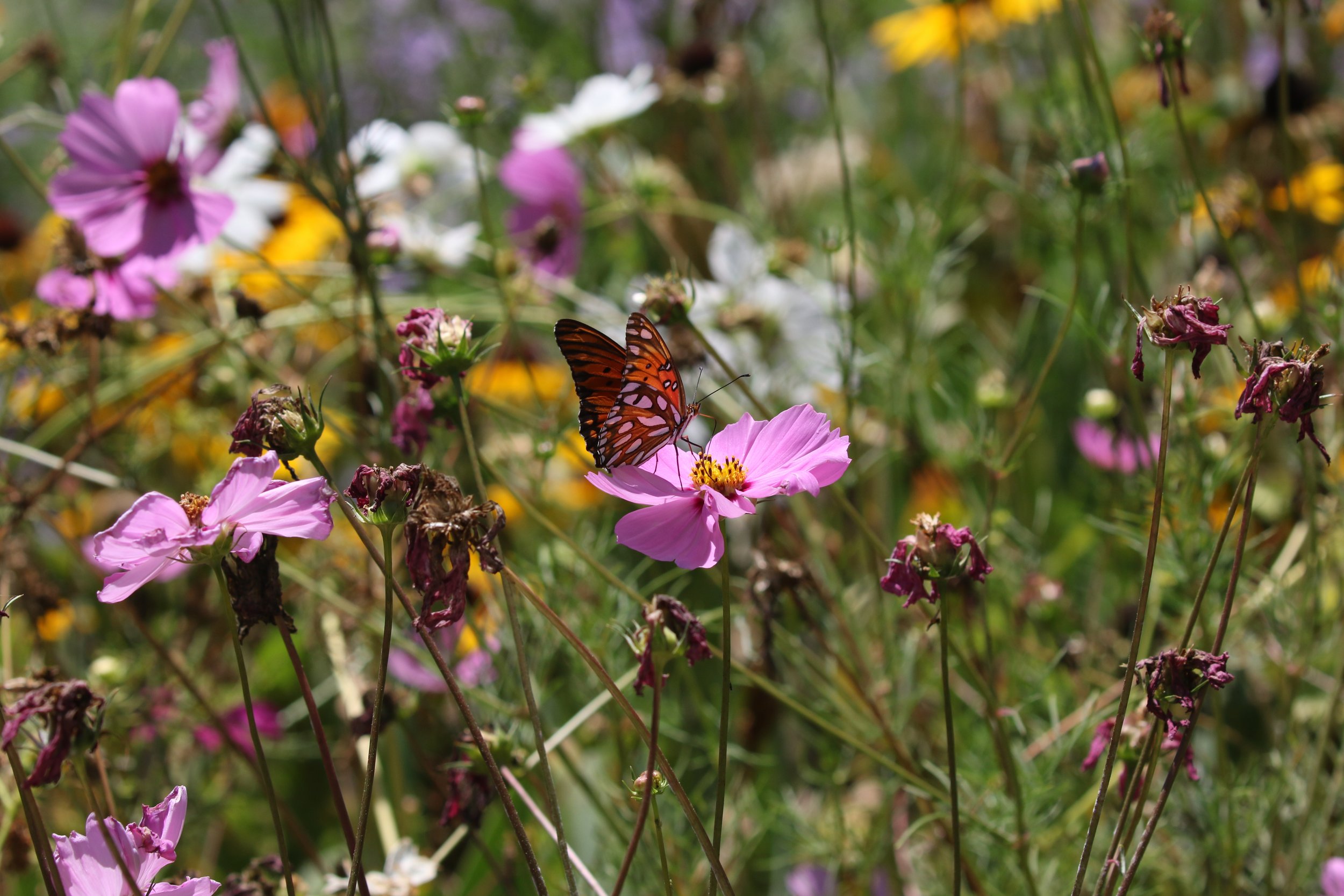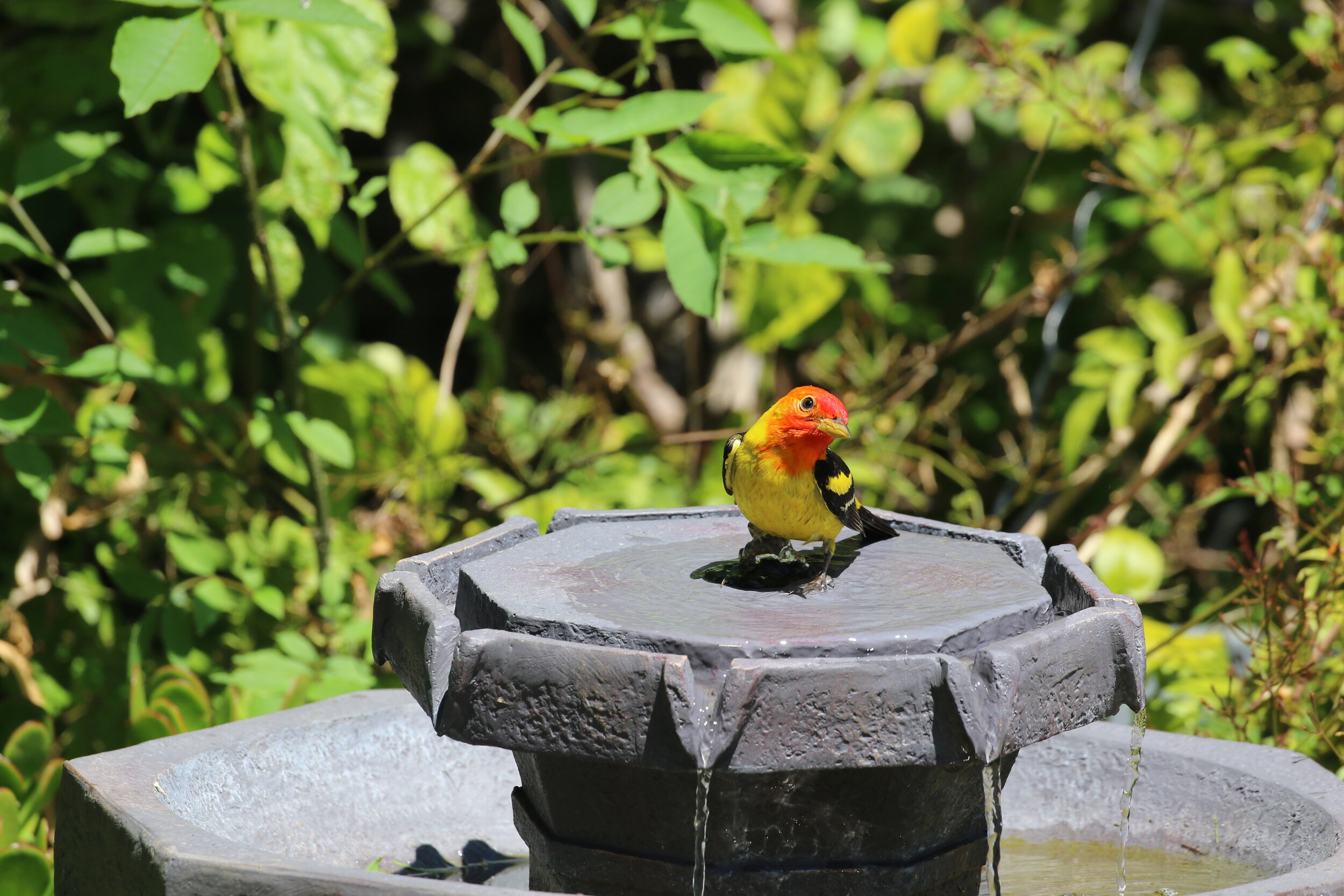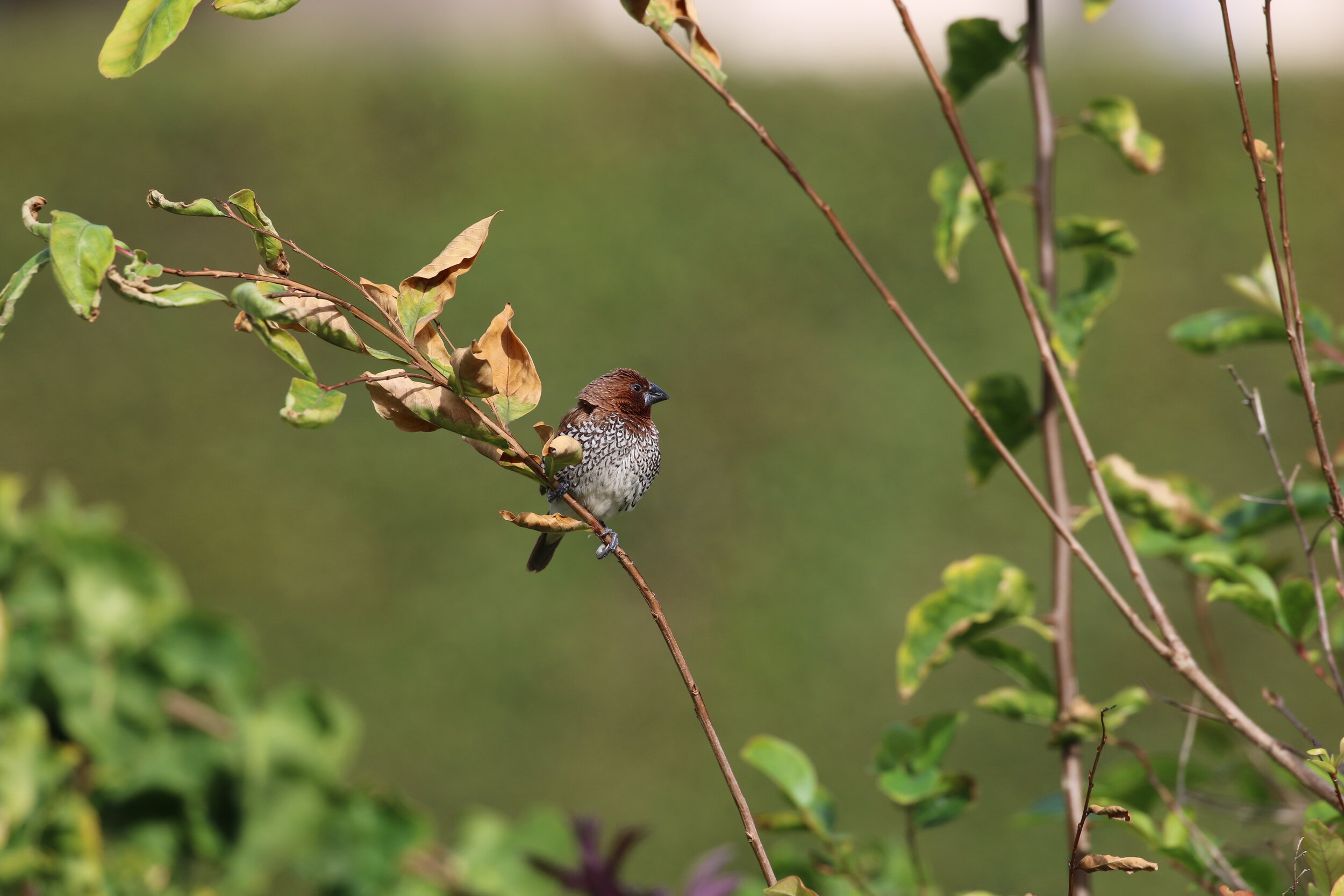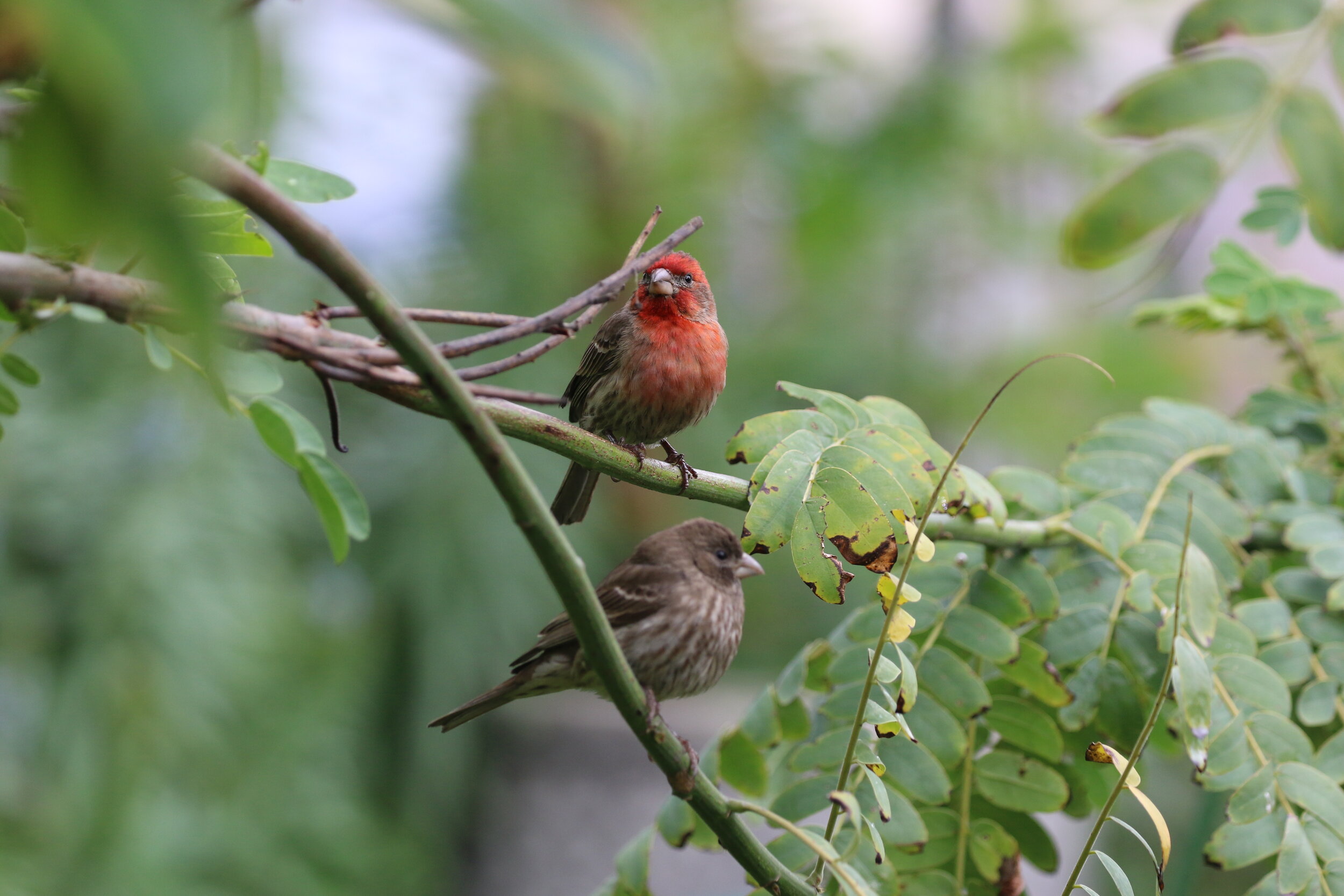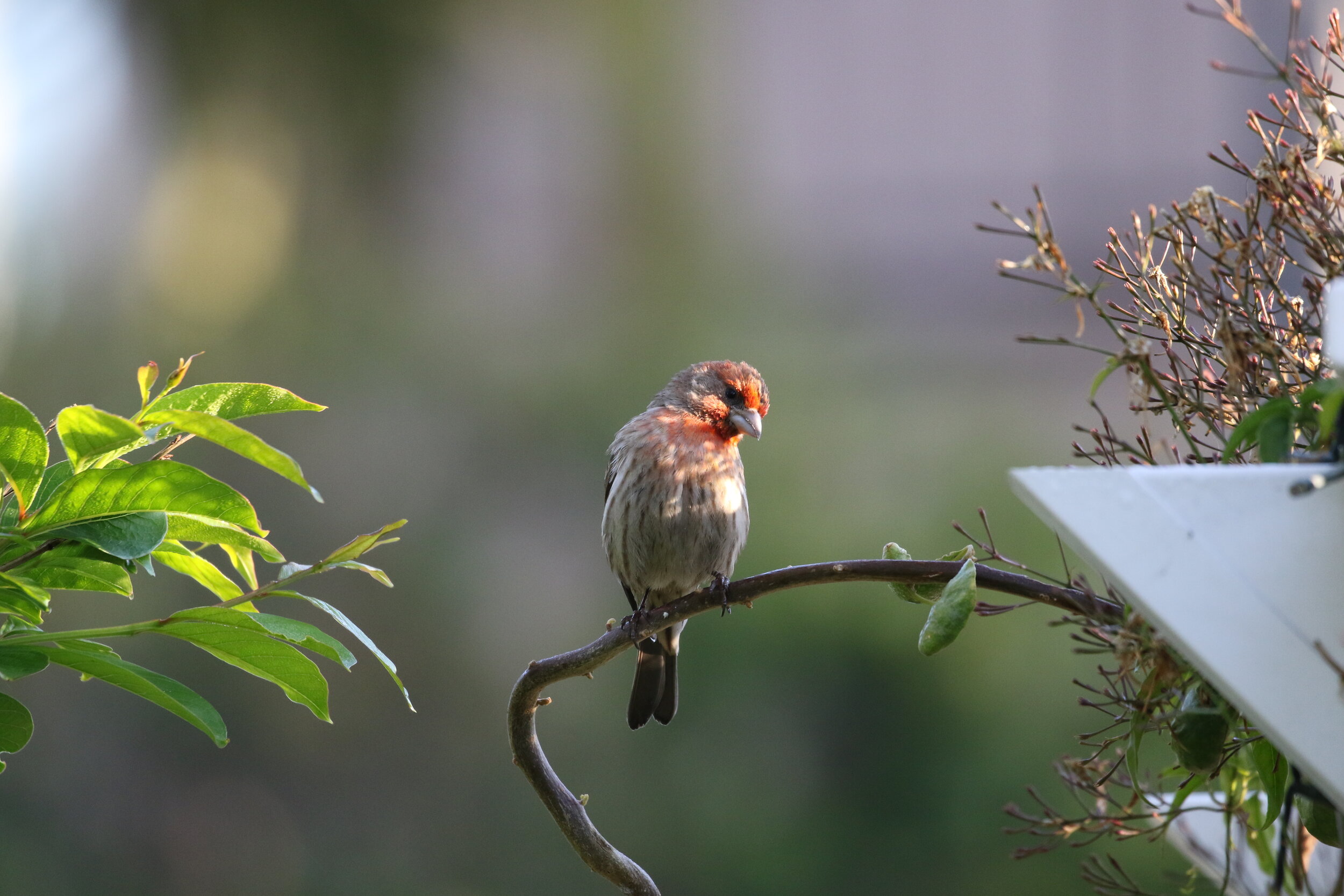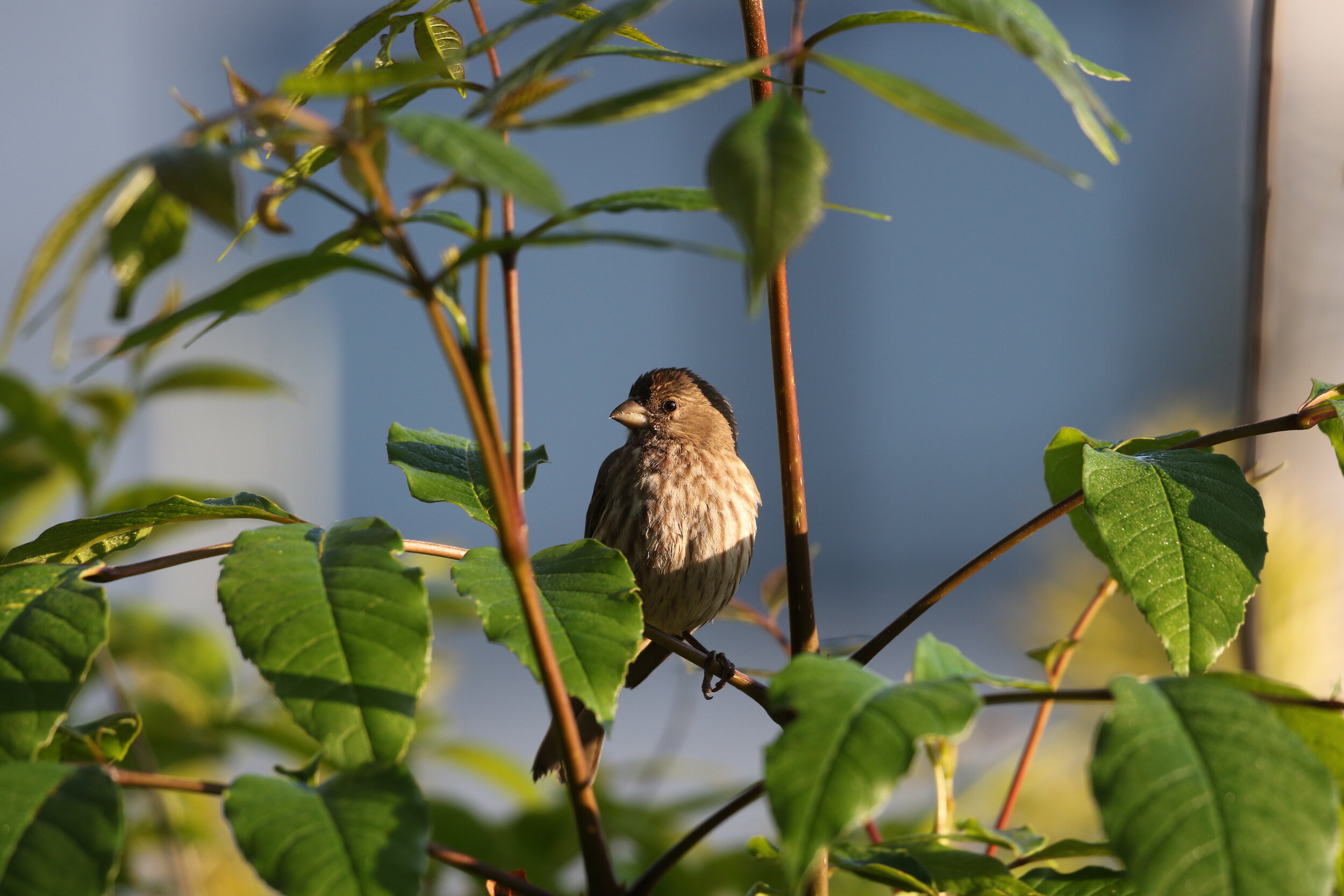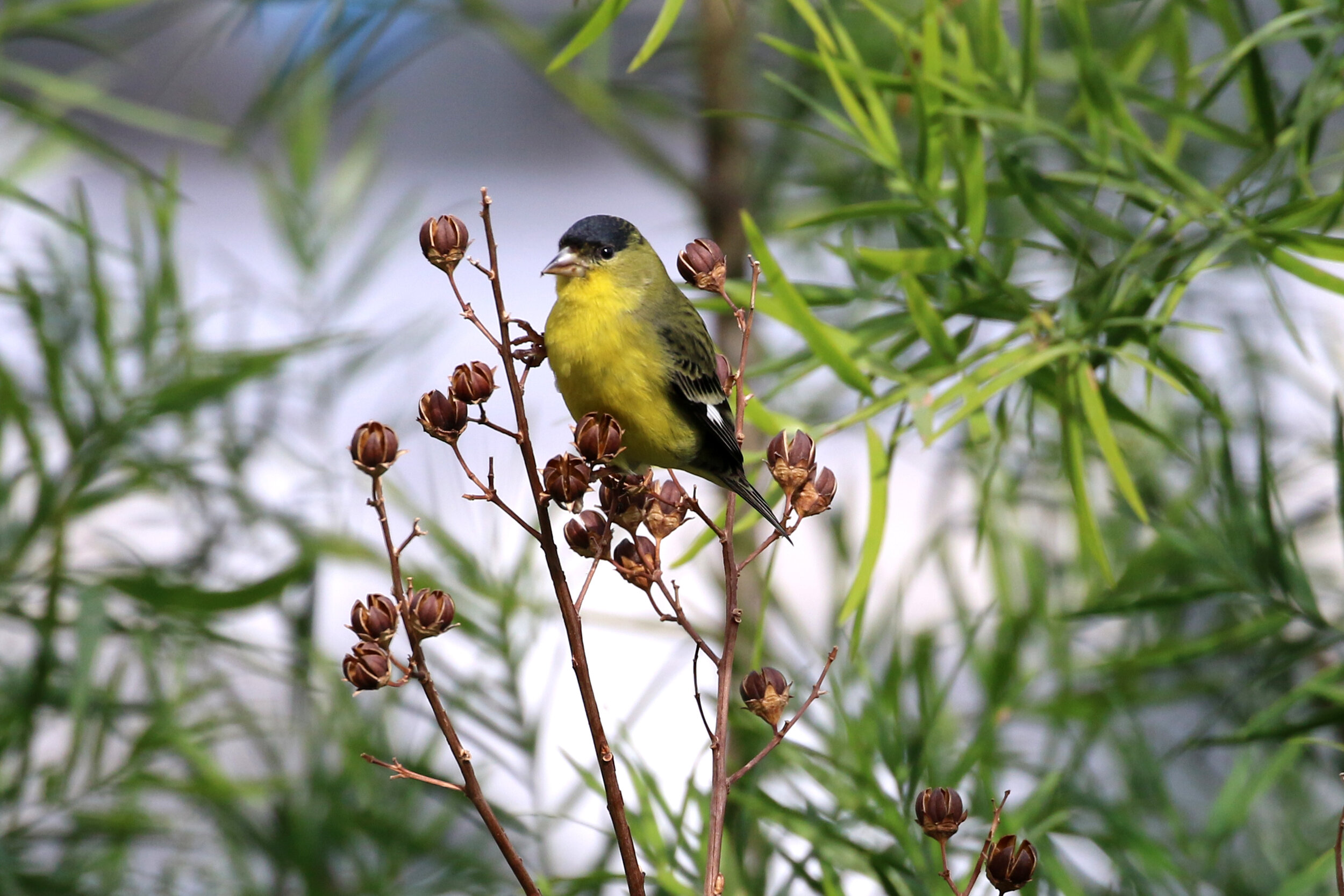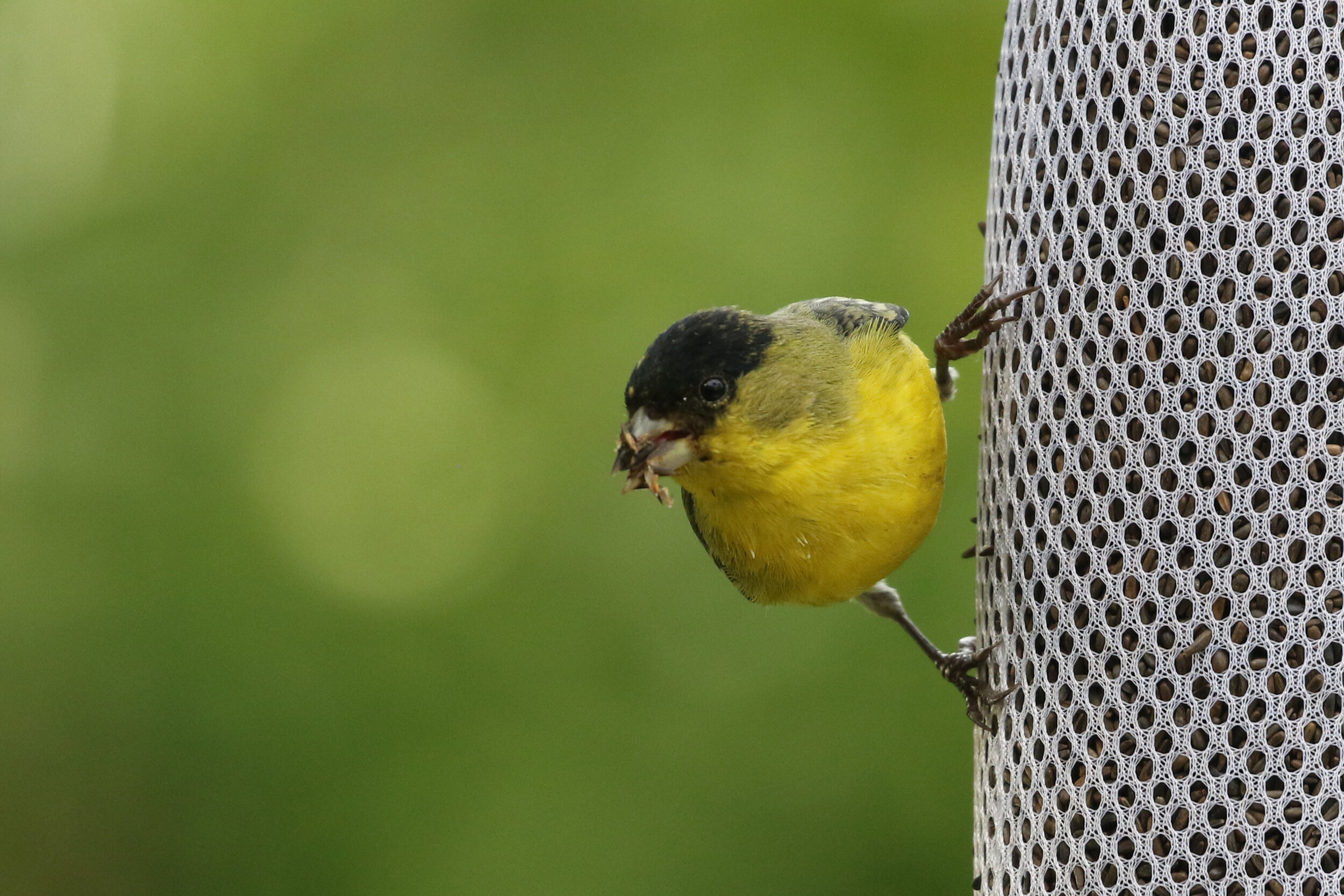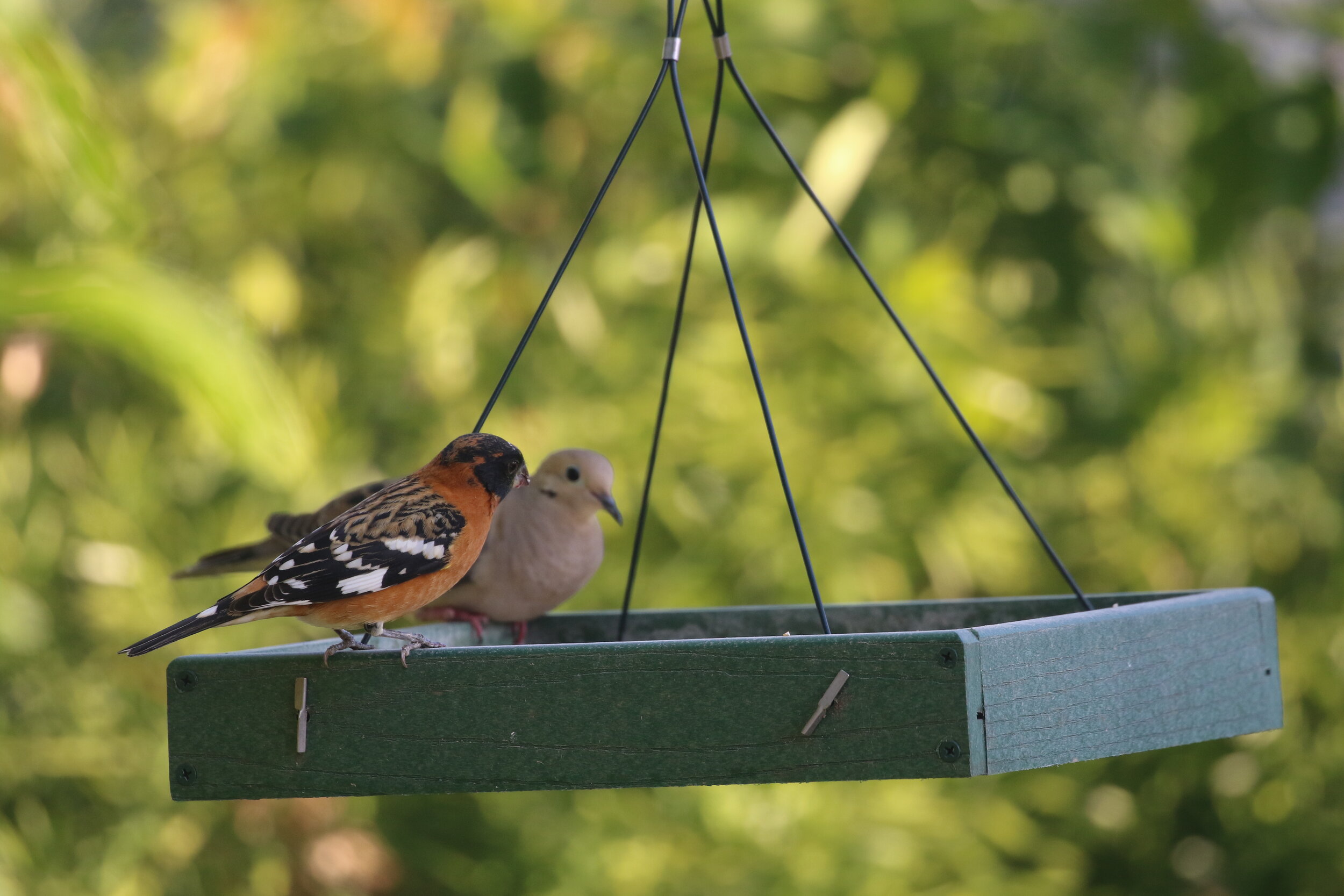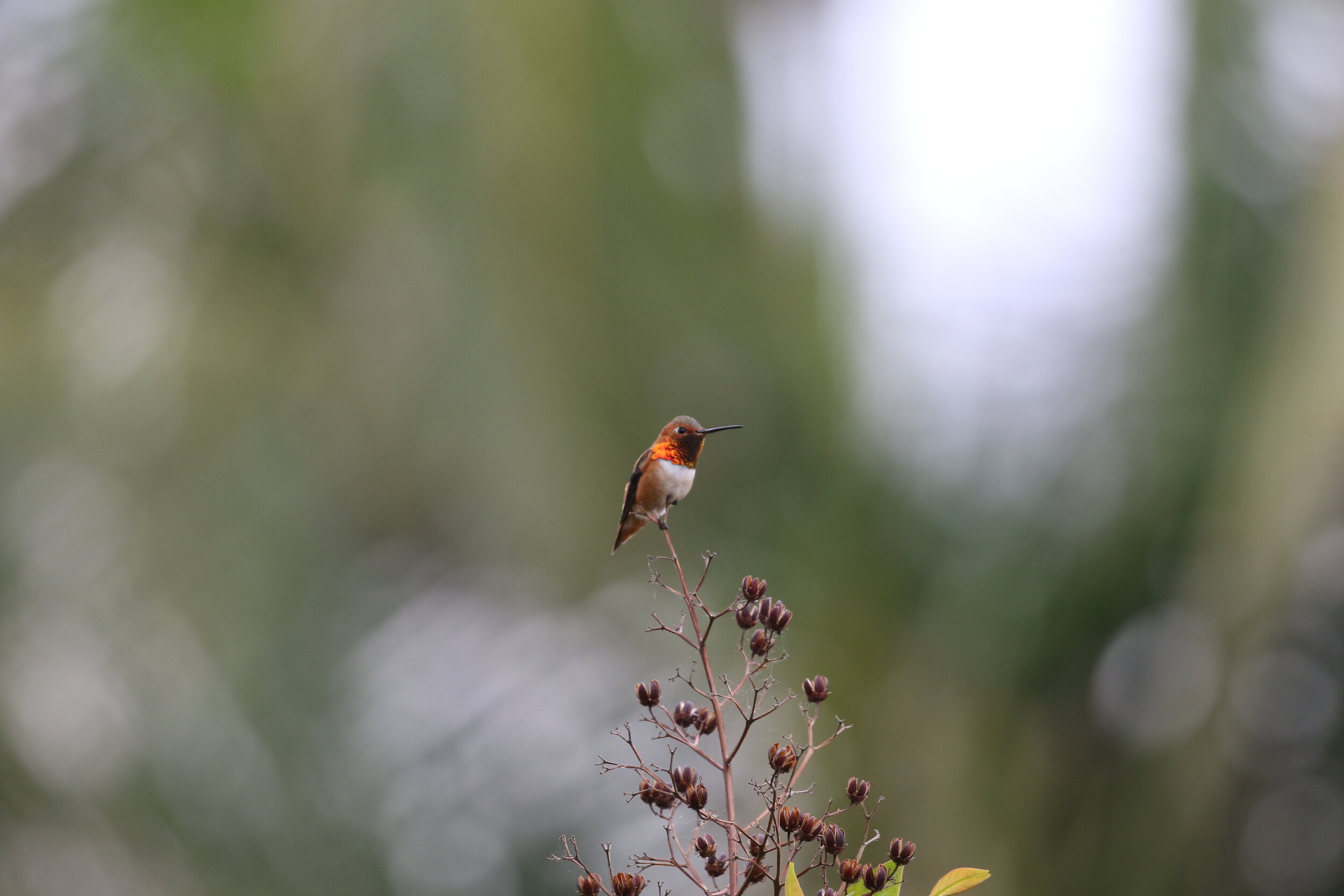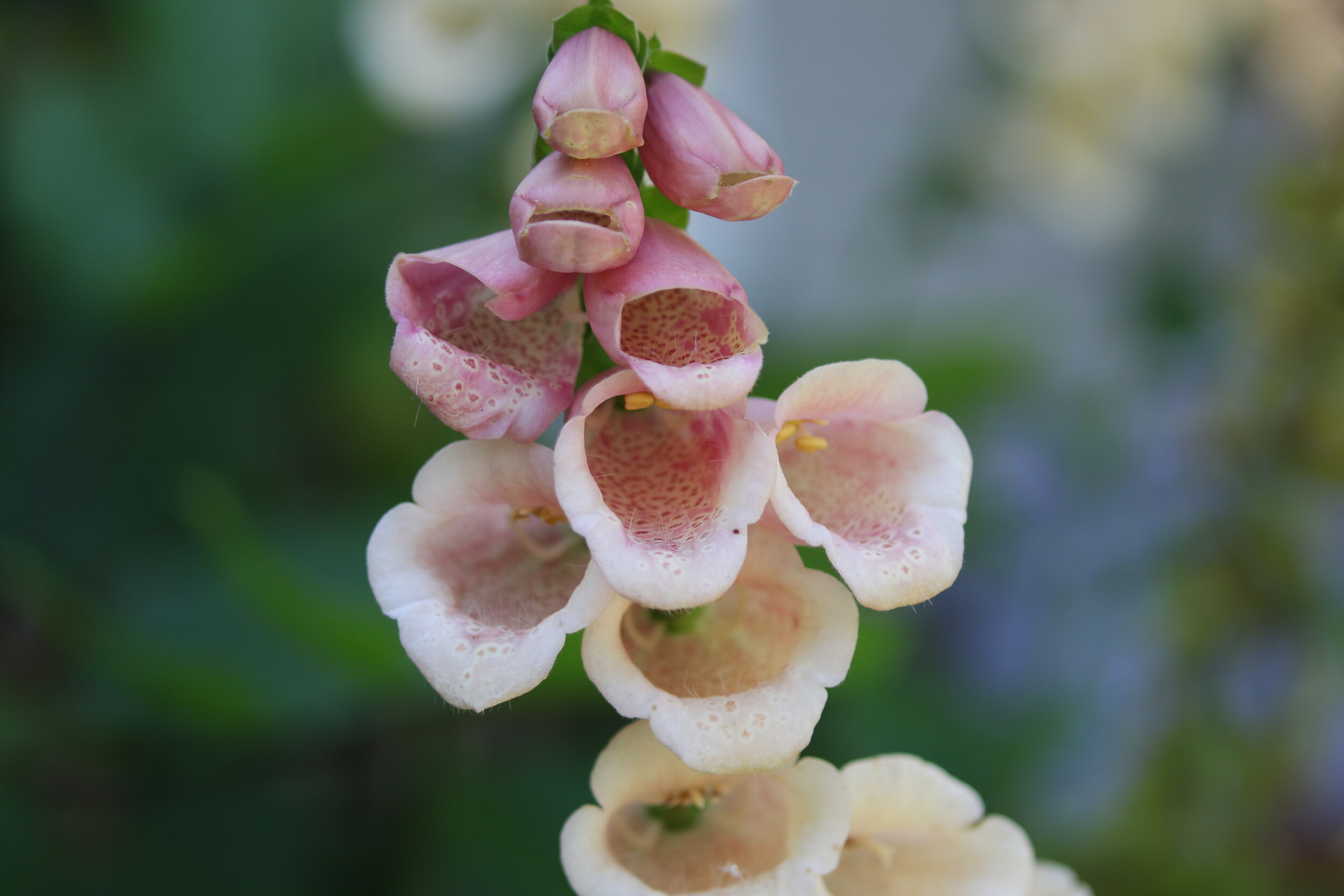Celebrate Southern California’s Natural Beauty for Earth Day
/Happy Earth day!
In Southern California, we are lucky to enjoy a bounty of nature, from the forests to the beaches to the many beautiful nature preserves and hiking trails found throughout Los Angeles.
Exploring opportunities to preserve our natural environments can be an enriching and invigorating way to enjoy these surroundings. Throughout Los Angeles, there are many ways to get involved in caring for these spaces.
Santa Monica Mountains
The Santa Monica Mountains are one of the most striking and wide-ranging natural areas in Los Angeles, with over 500 miles of trails, many overlooking stunning ocean views. The Santa Monica Mountains Trails Council offers a running list of volunteer opportunities. Helping to maintain trails is an incredible way to explore these environments, enjoy fresh air, and build a relationship with the local scenery.
Angeles Forest:
The Angeles Forest offers a beautiful escape in the San Gabriel Valley, hosting a range of wildlife and filled with recreation spaces from camping to hiking trails. The Angeles Volunteer Association works to preserve and care for the forest, especially crucial as wildfires significantly impact the area. Volunteering with the association offers an opportunity to help protect this land while exploring its breathtaking scenery.
Griffith Park:
One of the most beloved parks in Los Angeles, Griffith Park's vast trails are known for their iconic views, from the Hollywood sign to the Observatory. A favorite stop for LA visitors, this park is home to some of the most famous trails and a wide swath of local flora and fauna. Friends of Griffith Park regularly hosts trail maintenance and planting events for a chance to preserve this historic location while enjoying time outdoors throughout the park.
Los Angeles River:
The Los Angeles River has seen a revival in the last several years, greatly due to the efforts of Friends of the LA River. This organization has worked to help mend and restore the ecology of the LA River, prioritizing habitats for native plants and wildlife as they build and repair parks and offering many educational opportunities for LA residents. Their volunteer opportunities include river clean-ups and ranging events for engagement with the river, a pleasant opportunity to enjoy the river and support its revitalization.
At Home:
While Earth Day can offer motivation to enjoy the beautiful landscapes throughout the city, it's also a reminder to appreciate the nature in your backyard. There are many ways to enjoy and support the environment without leaving your home. Yard spaces of any size can contribute to the care of local wildlife by providing shelter, food, and water. When well maintained and frequently cleaned, something as simple as a hanging bird feeder can be an excellent way to support local birds and introduce more bird songs to your daily experience. Plantings to attract pollinators, particularly in a range of sizes and colors, may improve both your garden's health and other neighborhood plantings by encouraging the presence of bees and butterflies. Water features (or even just a tiny water dish) can hydrate local creatures, but don't forget to include a rock or stick for smaller birds or animals to leave the water safely.
While we believe in celebrating and caring for the environment every day, Earth Day is a beautiful opportunity to pause and appreciate nature. Take time this Earth Day to enjoy the outdoors, whether from your home or by spending time in a nearby park or natural setting, to celebrate the wonders of our Earth.
Sarah Barnard is a WELL and LEED accredited designer and creator of environments that support mental, physical and emotional wellbeing. She creates highly personalized, restorative spaces that are deeply connected to art and the preservation of the environment. An advocate for consciousness, inclusivity, and compassion in the creative process, Sarah’s work has been recognized by Architectural Digest, Elle Décor, Real Simple, HGTV and many other publications. In 2017 Sarah was recognized as a “Ones to Watch” Scholar by the American Society of Interior Designers (ASID).


